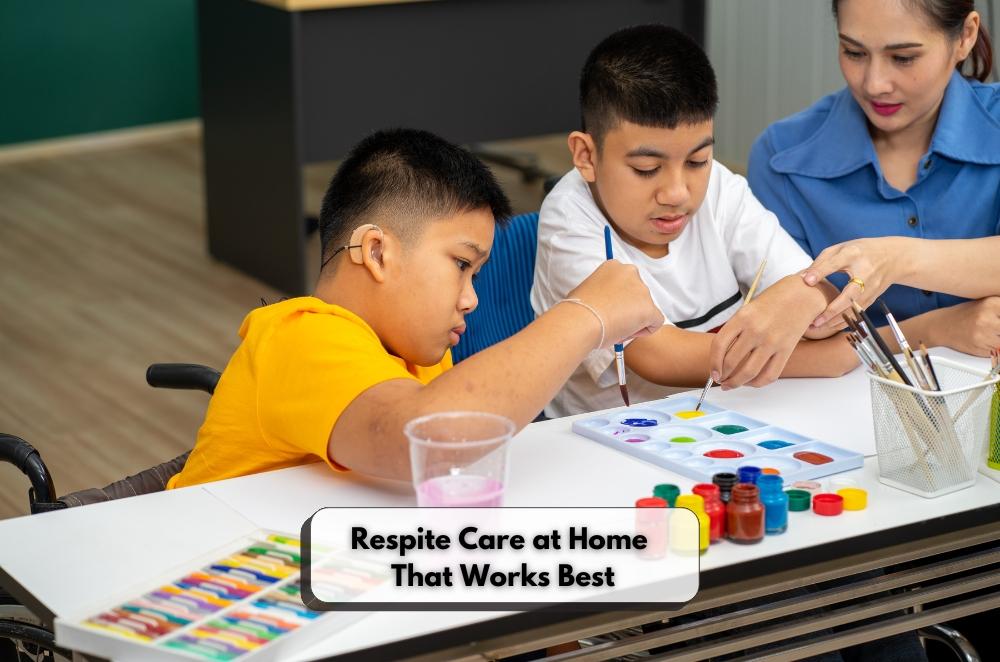Respite Care at Home That Works Best

Families need breathing room without uprooting routine. That’s where in-home respite can be a lifesaver: kids stay in their own space, sensory needs are respected, and parents get genuine time off. We’ve seen how a calm lounge room and a known bedtime ritual beat a strange facility every day of the week. Trust is the hinge, though; it opens only when carers are trained, reliable, and matched to the child. If you’re weighing options, Many parents prefer in-home respite programs with trained carers. It’s not just convenience; it’s continuity. And continuity turns small windows of rest into real recovery for the whole household, week after week.
How does in-home respite support families?
Short answer: It preserves routine while giving carers time to reset. It also reduces transition stress for children who thrive on familiar spaces.
The home environment is already tuned to your child—equipment within reach, visual schedules on the fridge, quiet corners ready to go. Bringing support into that setup keeps therapy goals ticking along, even on “rest days.” Structured handovers matter too: a clear plan for meals, meds, communication, and safety allows everyone to relax. We encourage families to write simple shift briefs and agree on signals—what’s urgent, what’s flexible, what’s a hard no. For ongoing NDIS work, collaborating with NDIS providers helps align respite hours with broader goals and budgets, ensuring nothing falls through the cracks.
• Keep routines visible: visual timetables on the wall
• Prepare a calm zone: headphones, books, weighted throw
• Set boundaries: rooms, foods, bedtime, and screen rules
What should carers deliver at home?
They should bring skill, presence, and respectful flexibility. In practice: predictable structure, trauma-informed care, and safe, engaging activities.
Good shifts start with rapport and a rhythm that fits the child’s energy. Carers can scaffold small wins, such as finishing homework, prepping dinner together, or taking a sensory-friendly walk at twilight. Safety is non-negotiable: medication checks, door/yard awareness, and incident notes ready if needed. Communication should be short, timely, and valuable; no novel-length reports, just what helps the next shift run smoother. When families and workers debrief briefly after each session, patterns emerge and stress drops. Over time, you’re not just “getting through the evening”; you’re building capacity in bite-sized, repeatable ways.
• Agree on one goal per shift
• Use plain-English handover notes
What’s the bottom line on in-home respite?
Done well, it lightens the load without losing the thread of everyday life. The secret sauce is trained carers plus routines that feel familiar, not forced.
If you’re trialling services, start small and local. One afternoon a week can reveal what works, timings, personalities, and back-up plans. Keep the brief simple, be clear about non-negotiables, and iterate. If a child masks at school but then crashes at home, consider adjusting activity intensity and timing rather than scrapping the whole idea. Night shifts? Prioritise sleep hygiene for everyone. Regional families may need a mix of supports, some at home, some in the community. Still, the core aim stays the same: keep the rhythm, uphold dignity, and make rest genuinely restorative, in line with NSW respite policies and practical advice.








